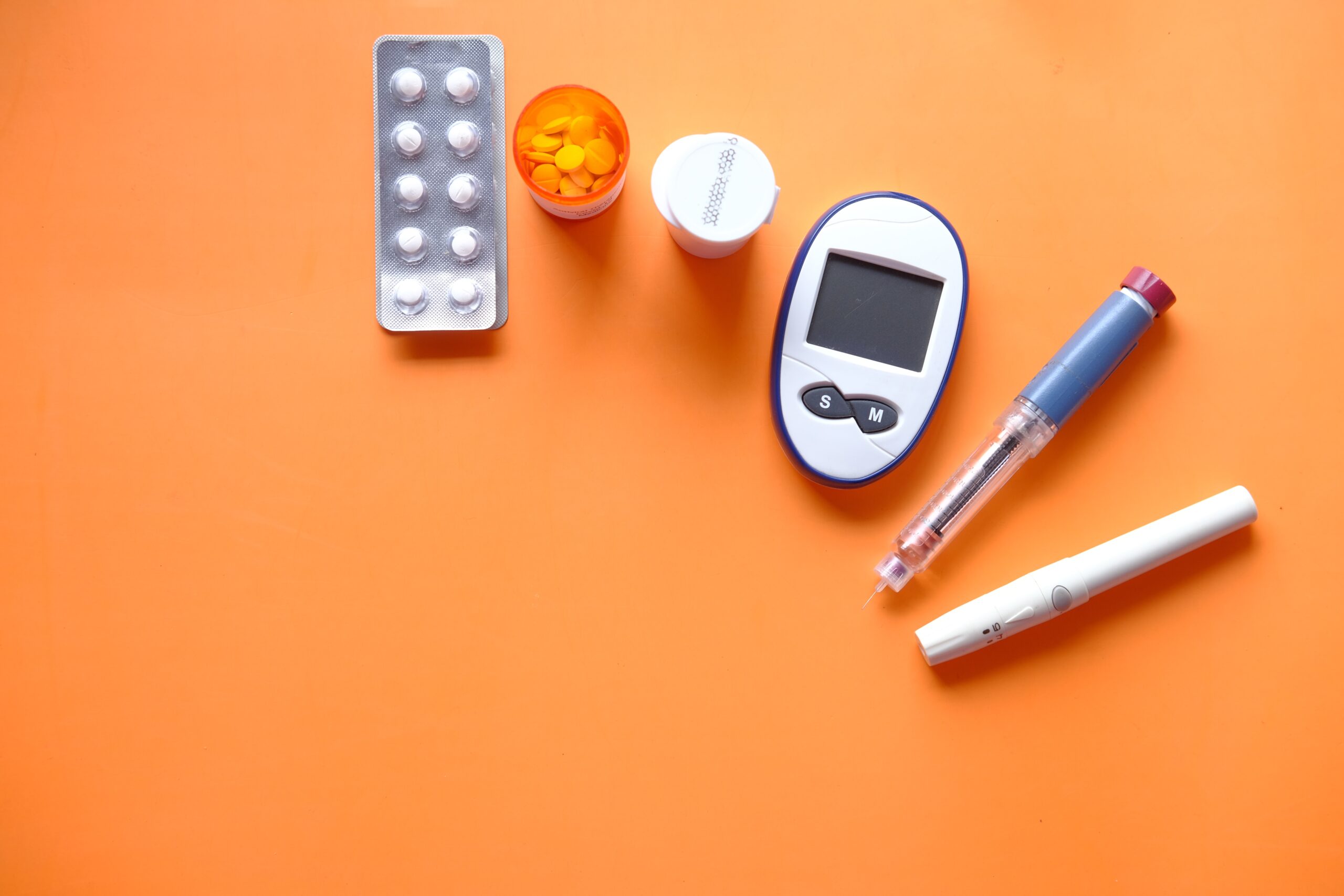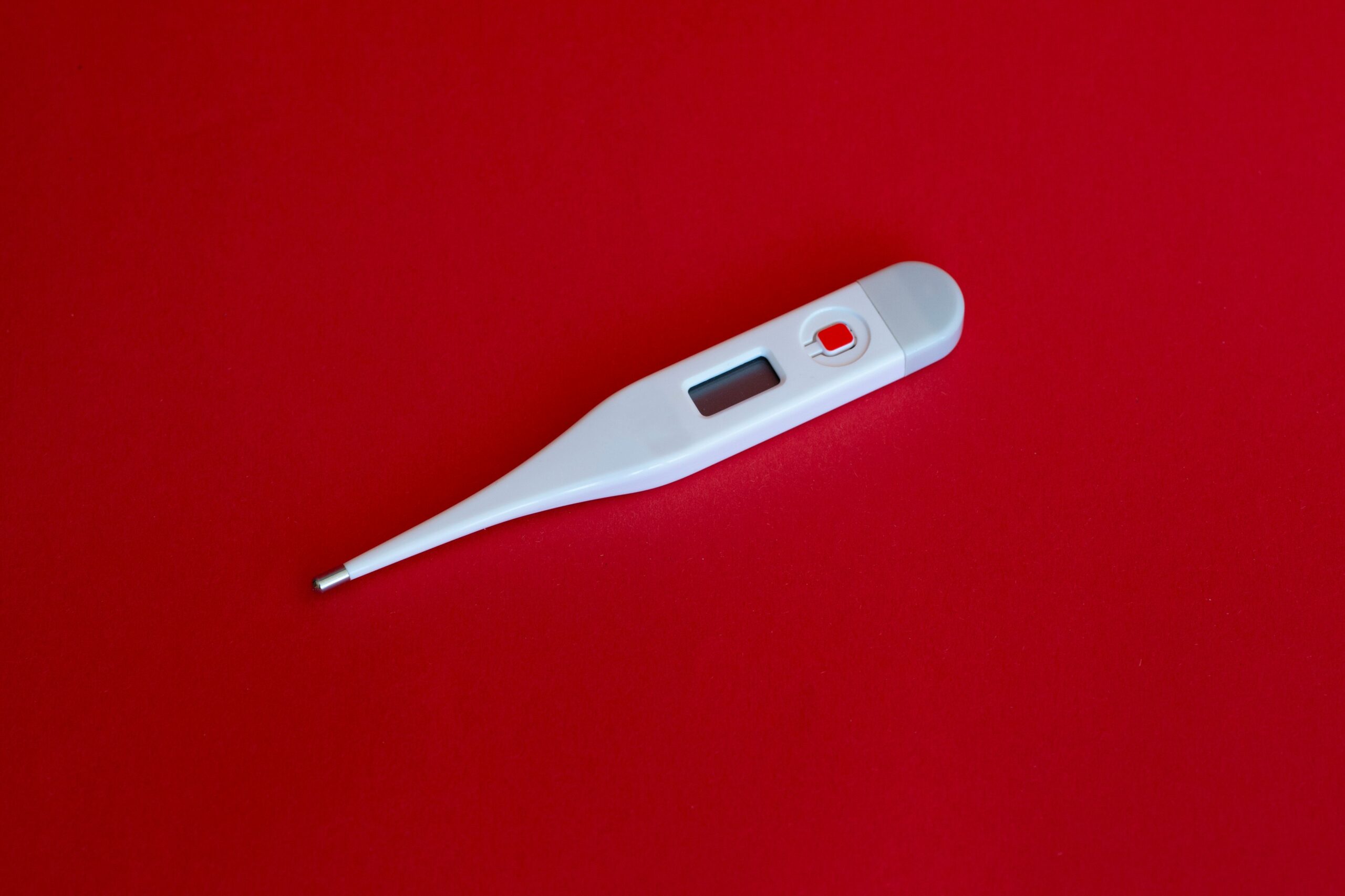Introduction
Diabetes Mellitus Type 1 is a chronic condition characterized by the body’s inability to produce enough insulin. It is essential to diagnose this condition accurately to ensure proper management and treatment. Laboratory investigations play a crucial role in diagnosing Diabetes Mellitus Type 1, alongside clinical symptoms and medical history. In this article, we will discuss the key laboratory investigations used to diagnose this condition.
Glycated Hemoglobin (HbA1c) Test
The HbA1c test is a commonly used laboratory investigation to diagnose and monitor diabetes. It measures the average blood sugar levels over the past two to three months. In Diabetes Mellitus Type 1, the HbA1c levels are usually elevated due to the lack of insulin production. A value of 6.5% or higher is indicative of diabetes. However, it is important to note that this test alone cannot differentiate between Type 1 and Type 2 diabetes.
Fasting Plasma Glucose (FPG) Test
The FPG test measures blood sugar levels after an overnight fast. A value of 126 milligrams per deciliter (mg/dL) or higher on two separate occasions is indicative of Diabetes Mellitus. However, it is important to consider other factors such as symptoms and medical history before confirming the diagnosis of Type 1 diabetes.
Oral Glucose Tolerance Test (OGTT)
The OGTT involves measuring blood sugar levels before and two hours after consuming a glucose-rich drink. A value of 200 mg/dL or higher after two hours is indicative of diabetes. This test helps assess the body’s ability to handle glucose and is particularly useful in diagnosing gestational diabetes.
Random Plasma Glucose Test
The random plasma glucose test measures blood sugar levels at any time of the day, regardless of the last meal. A value of 200 mg/dL or higher, along with symptoms of diabetes, such as increased thirst and frequent urination, may indicate Diabetes Mellitus Type 1.
Islet Cell Antibody (ICA) Test
The ICA test detects the presence of autoantibodies against pancreatic islet cells. These autoantibodies are often found in individuals with Type 1 diabetes. However, it is important to note that not all individuals with Type 1 diabetes have detectable levels of ICA. This test is primarily used to differentiate between Type 1 and Type 2 diabetes.
C-Peptide Test
The C-peptide test measures the level of C-peptide in the blood. C-peptide is a byproduct of insulin production, and its levels can help determine the body’s insulin production capacity. In Diabetes Mellitus Type 1, the C-peptide levels are usually low due to the lack of insulin production. This test is useful in differentiating between Type 1 and Type 2 diabetes.
Conclusion
Accurate diagnosis of Diabetes Mellitus Type 1 is crucial for effective management and treatment. Laboratory investigations, such as the HbA1c test, FPG test, OGTT, random plasma glucose test, ICA test, and C-peptide test, play a significant role in diagnosing this condition. However, it is important to consider these results in conjunction with clinical symptoms and medical history to make an accurate diagnosis. If you suspect you may have Type 1 diabetes, consult a healthcare professional for proper evaluation and diagnosis.




